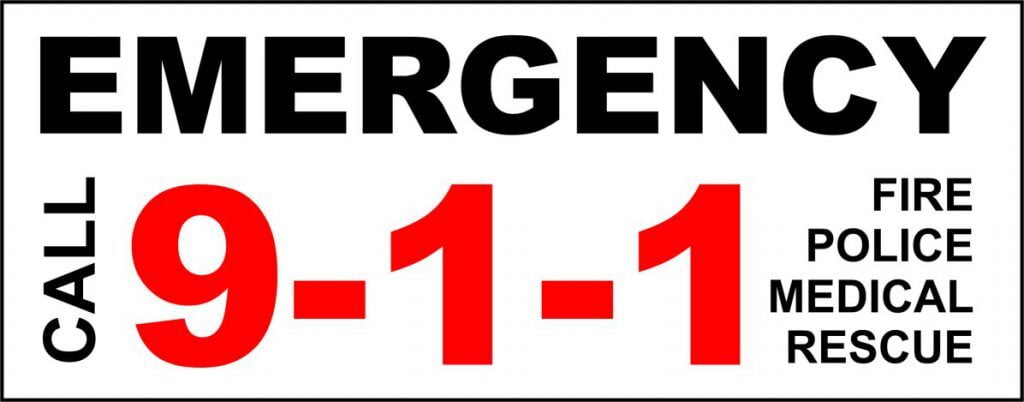Elementary & Secondary Overview
Publicly funded elementary and secondary schools are administered by district school boards. Working within the framework of the Education Act and its regulations, district school boards adapt provincial education policy to local situations. Trustees, as elected members of the board, represent the local community, providing a link between electors and the education system.
In all regions of Ontario, the Ministry of Education governs both the Public School Board and the Separate (Catholic) School Board, which are run as separate entities.
In Ontario, all permanent residents between the ages of 6 and 16 must attend school. Most students continue to attend after the required period, to receive a graduation diploma in their twelfth year of school.
Elementary schools provide Junior Kindergarten and Kindergarten programs (for children aged 4 and 5) and programs for grades 1 through 8. Secondary schools currently offer programs from Grade 9 through to Grade 12. The high school program is based on a credit system. Students must earn a total of 30 credits (one for every 110-hour course successfully completed) to obtain a high school diploma. Eighteen of the credits are compulsory, earned in a specified number of courses from a list of subjects that every student must take. The remaining 12 credits are optional, earned in courses that the student may select from the full range of courses offered by the school. In Grade 9, most students will take a total of eight courses for eight credits. Students must also complete 40 hours of community involvement activities and must pass the Ontario Secondary School Literacy Test, which is taken in Grade 10.
Curriculum
In Ontario, all publicly funded schools follow The Ontario Curriculum. It describes what students are expected to know and be able to do in each subject area by the end of each grade.
Due to the amount of detailed information on the Curriculum in Ontario schools, we were unable to provide all of it for you in this report. Detailed information can be obtained by visiting: http://www.edu.gov.on.ca/eng/curriculum
Grand Erie District Public School Board
The Grand Erie District School board operates 76 schools in the Brant, Haldimand and Norfolk counties.
Schools operate using the boundary system. To determine which school your children would attend, please visit Locate a School. Registration can be done at your local school. Please call ahead to ensure that staff can prepare for your visit.
Documentation Required for Registration
You can register your children online at: School Registration.
You will need to provide ALL of the following information in order to register your child for school:
- Proof of child’s age - Birth Certificate or Passport
- Proof of address - copy of offer to purchase/lease, copy of property tax bill, or copy of utility bill with your name
- Children’s health card
- Proof of citizenship - Birth Certificate, Passport, Record of Landing (IMM1000), or Permanent Resident Card
- Valid work permit (must be 1 year minimum)
- School transcripts
- Immunization Record – proof that your child has been immunized, according to the recommended immunization schedule in Ontario, against Diphtheria, Mumps, Polio, Red Measles, Rubella, and Tetanus.
For more information, please contact:
Grand Erie District Public School Board
349 Erie Avenue
Website
Brantford, ON N3T5V3
Phone: 519-756-6301/1-888-548-8878
Brant Haldimand Norfolk Catholic District School Board
The Brant Haldimand Norfolk Catholic District School Board provides a Christ-centered education to over 10,000 students with a teaching staff of approximately 700. The Board encompasses the broad geographical area of the City of Brantford and the counties of Brant, Haldimand and Norfolk. The board is unique in that it belongs to three Dioceses: Hamilton, London and St. Catherine’s.
Schools
Students must attend the school within the boundaries of their residence. You can apply to a school outside your boundaries, but this process must begin at your home school. To find out which school is your 'home' school, please use the Home School Locator.
Documentation Required for Registration
For details on how to register your children, please visit: Registration Information.
You will need to provide ALL of the following information in order to register your child for school:
- Proof of child’s age - Birth Certificate or Passport
- Proof of address - copy of offer to purchase/lease, copy of property tax bill, or copy of utility bill with your name
- Children’s health card
- Roman Catholic baptismal Certificate – for either the child or their parent (for elementary school only).
- Proof of citizenship - Birth Certificate, Passport, Record of Landing (IMM1000), or Permanent Resident Card
- Valid work permit (must be 1 year minimum)
- School transcripts
- Immunization Record – proof that your child has been immunized, according to the recommended immunization schedule in Ontario, against Diphtheria, Mumps, Polio, Red Measles, Rubella, and Tetanus.
For more information, please contact:
Brant Haldimand Norfolk Catholic District School Board
322 Fairview Drive
Brantford, ON N3T5M8
Phone: 519-756-6369
Private Schools
Private schools also offer elementary and secondary education. Private schools do not receive government funding, and students pay to attend them. Operators of private schools in Ontario are required to notify the Ministry of Education annually of their intention to operate by filing a Notice of Intention to Operate a Private School. The Ministry of Education does not inspect health equipment or practices related to safety and staffing issues but may inspect issues relating to the standard of instruction for secondary schools.
Application Procedures
Application procedures for private schools differ from school to school. An entrance test and interview with the child are generally required. There is not always availability at your private school of choice and your child’s name may be placed on a waiting list for entrance during the school year or subsequent years. It is a good idea to source out private schools well in advance as their registration for school years takes place in approximately November of the prior year and January and February of the same school year.
Ontario’s Private Schools
For a complete listing of Private Schools in Ontario, please visit the following website http://www.ourkids.net/




